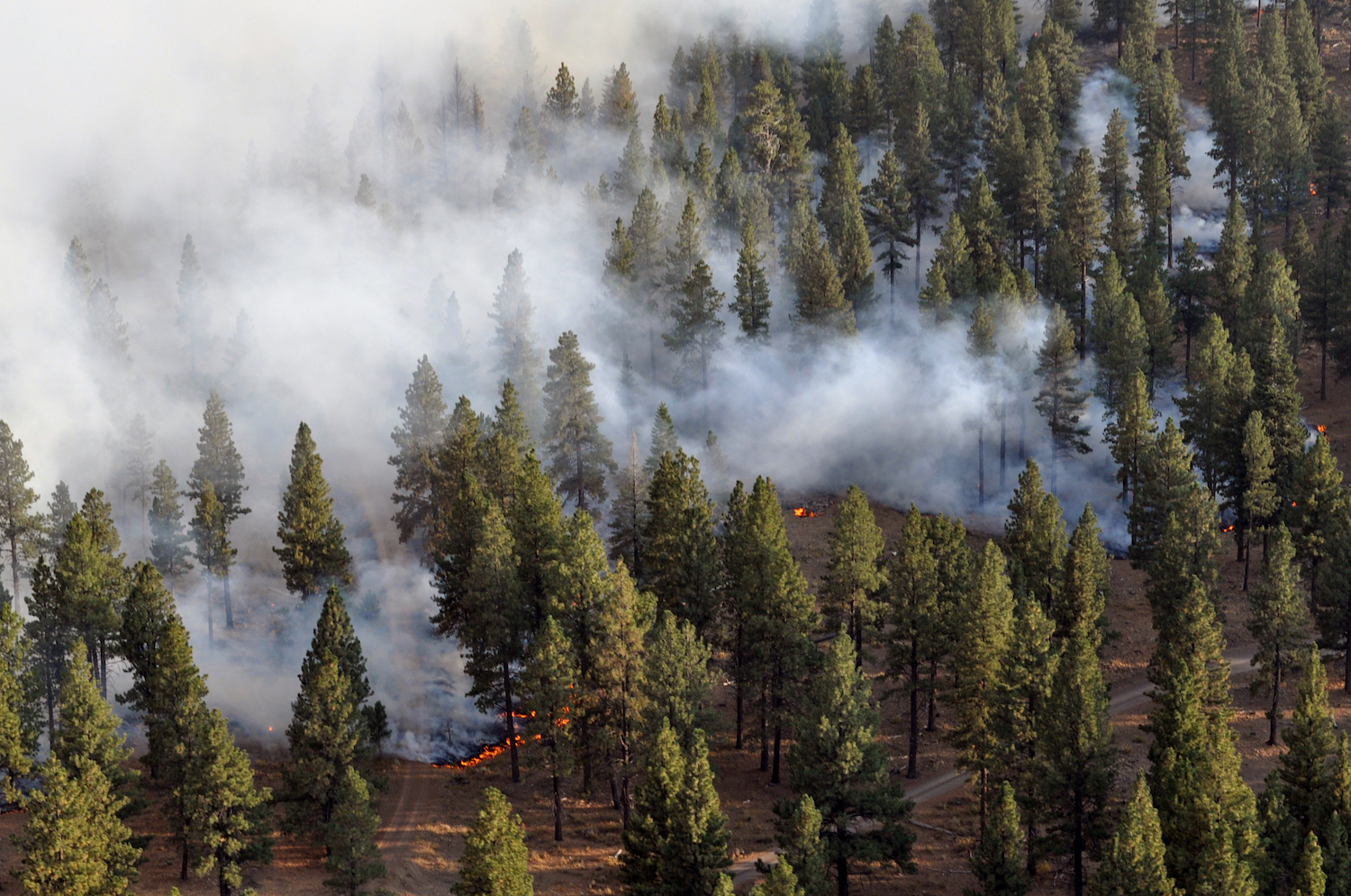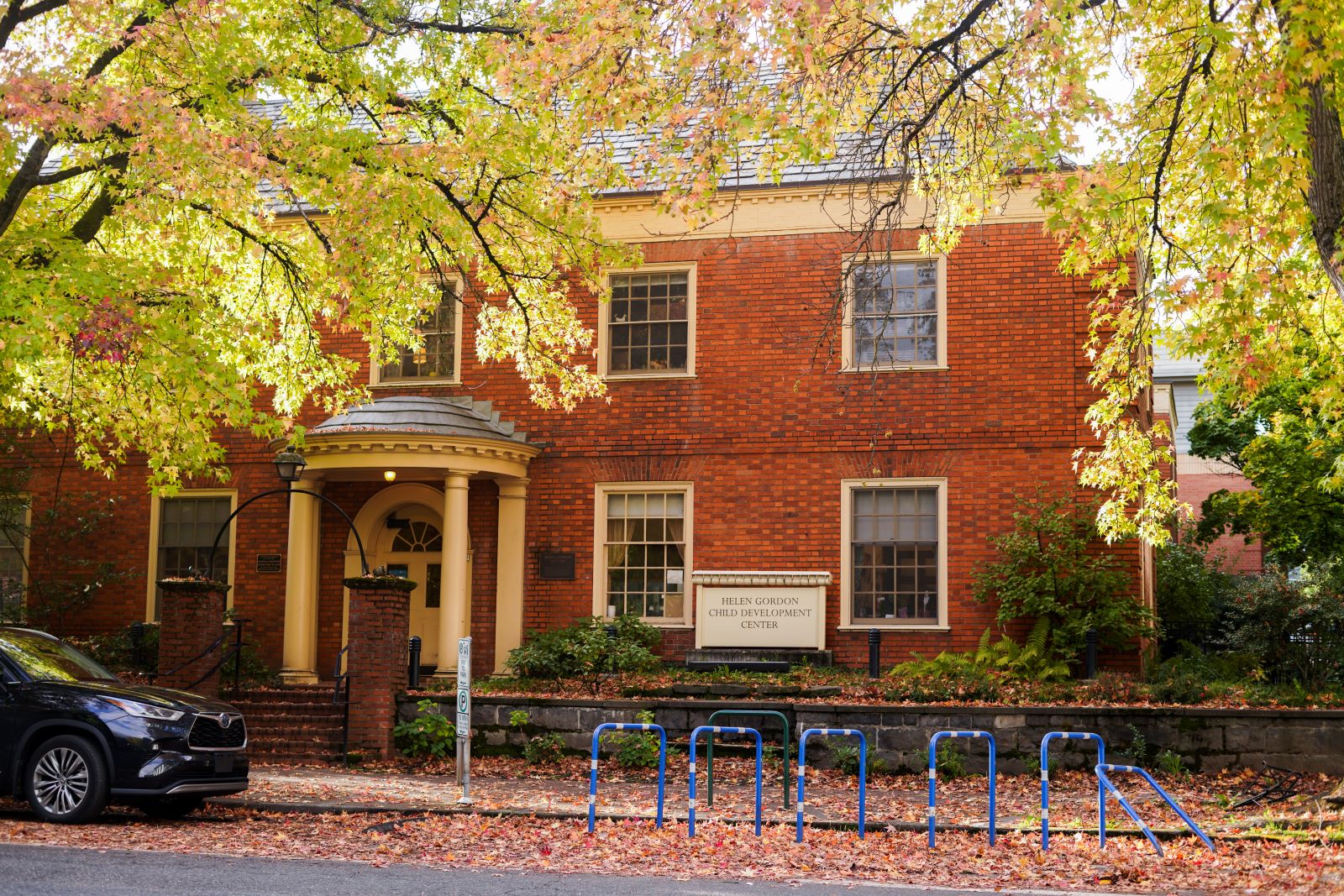Wildfires in Oregon are not unusual, yet the 2020 wildfire season was anything but normal.
An historic extreme wind event struck the West Coast on Monday, Sept. 7. Fire warnings were issued across Oregon due to incoming weather patterns that were expected to cause easterly winds with gusts over 50 miles per hour. The windstorm ended up blowing across all of Oregon, from the Cascade Mountain Range to Western Oregon and the Oregon Coast Range, and lasted nearly 72 hours, causing massive fires to roll through Oregon’s forests.
The hot, dry and windy conditions created an environment conducive to wildfires. When the winds knocked down power lines and ignited fires located high up in the Cascade mountains, it helped fuel at least 35 wildfires in Oregon alone. Overall, the fires burned across roughly 1 million acres, according to the Oregon Department of Emergency Management.
“We have not seen the likes of this fire in this state, this integrated with our communities, ever before,” said Doug Grafe, chief of fire protection at the Oregon Department of Forestry, when discussing the persistence of the wildfires and the state’s ability to control the rapid growth at a Sept. 11 press conference.
The largest of the wildfires this season were the Lionshead Fire, Beachie Creek Fire, Holiday Farm Fire and the Riverside Fire. Each occurred in the Cascade Mountain Range and, when combined, were responsible for burning approximately 700,000 acres and 2,500 structures, 1,237 of those being residences. During the press conference, Grafe stated that the fires “will be on our landscape until the winter rains fall.”
While wildfires in the Cascades are traditionally infrequent, they are not unprecedented. Similar wind events to the one that began on Sept. 7 have led to large and fast burning wildfires in the past.
The Yacolt Burn in 1902 destroyed approximately 500,000 acres and killed 65 people in Southwest Washington. More recently, the Eagle Creek Fire in 2017, ignited by the illegal use of fireworks, burned 50,000 acres in the Columbia River Gorge. Both fires were partially caused by easterly wind events in the Cascade Mountain Range, according to the United States Forest Service.
Oregon forests are typically considered more fire resistant forests than other areas due to several factors. For one, the Cascade Mountain forests are largely made up of tree species that develop thick bark, such as the Ponderosa pine, Western larch and Douglas fir, which insulates them from heat.
Another factor is the timing of the fire season in the Pacific Northwest, which runs approximately mid-summer to the beginning of fall. When not under drought conditions, these areas receive moderate amounts of seasonal rain and additional snow melt from the high mountain regions that help to prevent fires occurring and spreading during the fire season.
These factors make the 2020 fire season especially unusual.
Dr. Max Nielsen-Pincus, an associate professor with the department of Environmental Science and Management at Portland State, currently studies wildfire history and risk management for fires in the Western U.S. Nielsen-Pincus said results from statistical modeling used to determine potential risk of large wildfire occurrences showed the areas where large Cascadian wildfires spread this year are always at low risk for large wildfires. The model showed potential results for 10,000 fire seasons.
However, the sort of large wildfires normally considered low risk in the model are exactly what occurred in Oregon starting on Labor Day. The fires scorched more acres and structures than any past wildfire in Oregon. This can be attributed to a variety of factors, including climate change, overlogging and a century of total fire suppression, which leads to forests conducive to wildfires.
What happens when the devastation from these fires is finally accounted for? According to Nielsen-Pincus, many of the affected communities will likely go back to some sort of normalcy when the smoke clears, the fires are extinguished and the evacuation orders are lifted.
However, not every affected community will be able to go back to normal. During a press conference on Sept. 9, Oregon Governor Kate Brown said that areas such as Detroit, Blue River, Vida, Phoenix and Talent are “substantially destroyed,” and that “this could be the greatest loss of human lives and property due to wildfire in our state’s history.”
While there is inherent risk to rebuilding these areas due to their location in wildland-urban interfaces, which are at risk for future wildfires, there also lies an opportunity to build more fire-resistant structures.
Nielsen-Pincus pointed to Greensburg, Kansas as a prime example for this sort of opportunity. In 2007, the small town of Greensburg in Southwest Kansas was hit by an EF5 tornado, the highest level of tornado based on wind speed, and traveled down the center of the town, destroying 95% of its structures.
Locals in the community thought of rebuilding the town differently, and in the end, the town received national attention for its reconstruction; it became a symbol of sustainable development and green technology.






